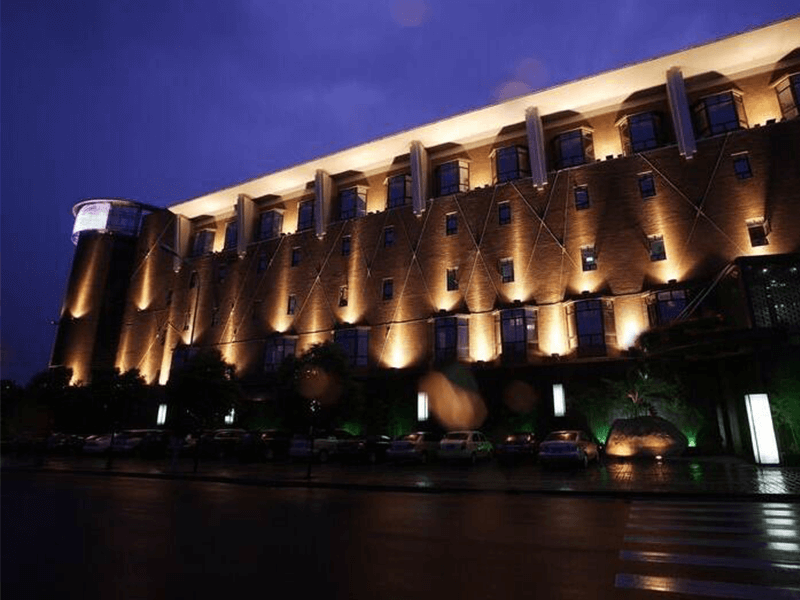Inspecting and replacing bulbs:
Regular inspection and replacement of light bulbs are essential for maintaining optimal lighting. Over time, light bulbs can burn out, reducing the brightness and effectiveness of your lighting system. In addition, regular inspecting and replacing bulbs can help ensure that your lighting system is functioning at its best.
Choosing the correct bulb for your fixtures is essential when inspecting and replacing light bulbs. Many light bulbs are available, including incandescent, LED, CFL, and halogen. Each bulb type has unique features, such as energy efficiency, brightness, and lifespan.
Additionally, following proper safety procedures when inspecting and replacing light bulbs is essential. This may include turning off the power to the fixture, using a sturdy ladder or stool, and wearing gloves to protect your hands from broken glass.
Cleaning and protecting fixtures from corrosion:
The upkeep of your lighting fixtures is crucial for their appearance and longevity, and regular cleaning plays a vital role. Accumulating dirt, grime, and other debris over time can decrease the brightness and efficiency of the fixtures. By keeping them clean, you can ensure that they maintain their optimal performance and appearance.
To clean your lighting fixtures properly and protect their finish and surfaces, it’s essential to use a mild and gentle cleaning solution, such as soap and water. In addition, abrasive cleaners or harsh chemicals should be avoided as they can cause damage and wear over time.
Corrosion is another issue that can affect lighting fixtures, especially in outdoor environments. Exposure to moisture, salt, and other elements can cause metal fixtures to rust and deteriorate over time. Applying a protective coating to your institutions, such as a clear coat of rust inhibitor or a layer of outdoor-rated paint, is essential to prevent corrosion.
